Snake plants (Sansevieria), also known as Mother-in-Law’s Tongue, are among the easiest houseplants to care for. But even the toughest plants can start to suffer under poor conditions. If your snake plants is turning yellow, soft, droopy, or showing signs of root rot — don’t worry. You can still save it! This guide will walk you through how to revive a dying snake plant using easy and effective home remedies.
Signs Your Snake Plant Is Dying

Before jumping into solutions, it’s important to identify what’s wrong. Here are the most common signs of a dying snake plant:
- Yellow or brown leaves
- Soft, mushy stems
- Leaves falling over or drooping
- Foul smell from the pot (a sign of root rot)
- Leaves curling or wrinkling
Also Read- 5 Mistakes to Avoid When Growing Snake Plants in UAE’s Hot Weather
Common Causes of Snake Plants Problems
Understanding the root cause will help you apply the right remedy:
- Overwatering – Snake plants are succulents and don’t like sitting in wet soil.
- Poor drainage – A pot without drainage holes or compact soil can lead to root rot.
- Underwatering – While drought-tolerant, snake plants still need water occasionally.
- Low light – They tolerate low light but thrive in bright, indirect sunlight.
- Pests or fungi – Mealybugs, spider mites, or fungal infections can damage the plant.
How to Revive Your Snake Plant: Step-by-Step

1. Inspect the Roots
Remove the plant from the pot and gently shake off excess soil. Healthy roots are white or tan. Black, mushy, or smelly roots indicate rot.
What to do:
- Trim off any dead or rotted roots with clean scissors.
- Let the healthy roots dry out for a few hours before repotting.
2. Repot in Fresh, Well-Draining Soil
Choose a cactus or succulent mix, or create your own by combining:
- 2 parts potting soil
- 1 part perlite or pumice
- 1 part coarse sand
Use a pot with good drainage. Avoid pots that hold excess moisture.
3. Prune Damaged Leaves
Cut off any mushy, wilted, or yellowing leaves. This helps redirect energy to healthy growth.
4. Let the Plant Dry Out
Wait 2–3 days before watering after repotting. Snake plants dislike moisture around their roots during recovery.
Home Remedies to Save Your Snake Plant
Here are natural, cost-effective remedies to support your snake plant’s revival:
1. Cinnamon Powder for Root Rot
Cinnamon has natural antifungal properties. After trimming dead roots, dust them lightly with cinnamon powder to prevent further fungal growth before replanting.
2. Neem Oil for Pest Control
If you notice tiny bugs on the leaves, mix 1 tsp of neem oil, a few drops of dish soap, and 1 liter of water. Spray it on the leaves weekly to control pests naturally.
3. Banana Peel Water
Soak banana peels in water overnight and use it as a mild fertilizer. It provides potassium and calcium to support root and leaf health.
4. Garlic Clove Soil Booster
Crushed garlic cloves placed in the soil help prevent fungal infections. It’s a natural antimicrobial agent.
Watering Tips for Recovery
- Water only when the top 2 inches of soil is dry.
- Use the bottom watering method occasionally (place the pot in a shallow water tray for 30 minutes).
- Avoid misting the leaves — snake plants don’t need high humidity.
Light & Placement During Recovery
- Keep your snake plant in bright, indirect sunlight.
- Avoid direct harsh sunlight which may scorch the leaves.
- Rotate the pot every week for even growth.
Preventing Future Problems
To avoid future issues, remember:
- Use well-draining soil and pots with holes.
- Water less in winter.
- Keep away from AC vents or cold drafts.
- Wipe dust off the leaves to let them breathe and photosynthesize properly.
Final Thoughts
Reviving a dying snake plant is not just possible — it’s often easier than expected when you know the signs and use the right home remedies. With a bit of pruning, the right soil, and simple natural treatments, your snake plant can bounce back and thrive for years to come. The key is to act quickly, stay observant, and never over-love it with too much water!


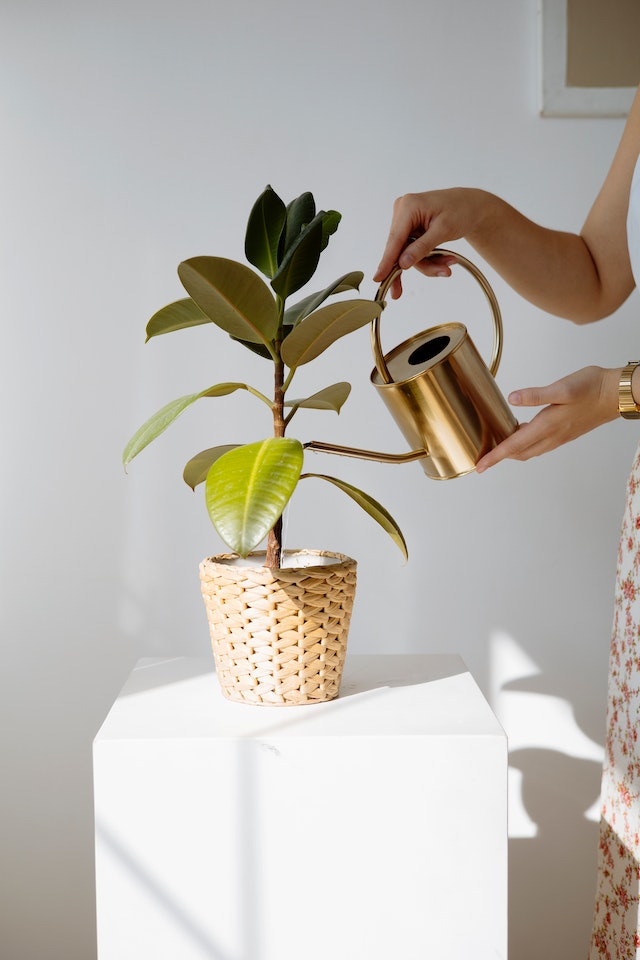




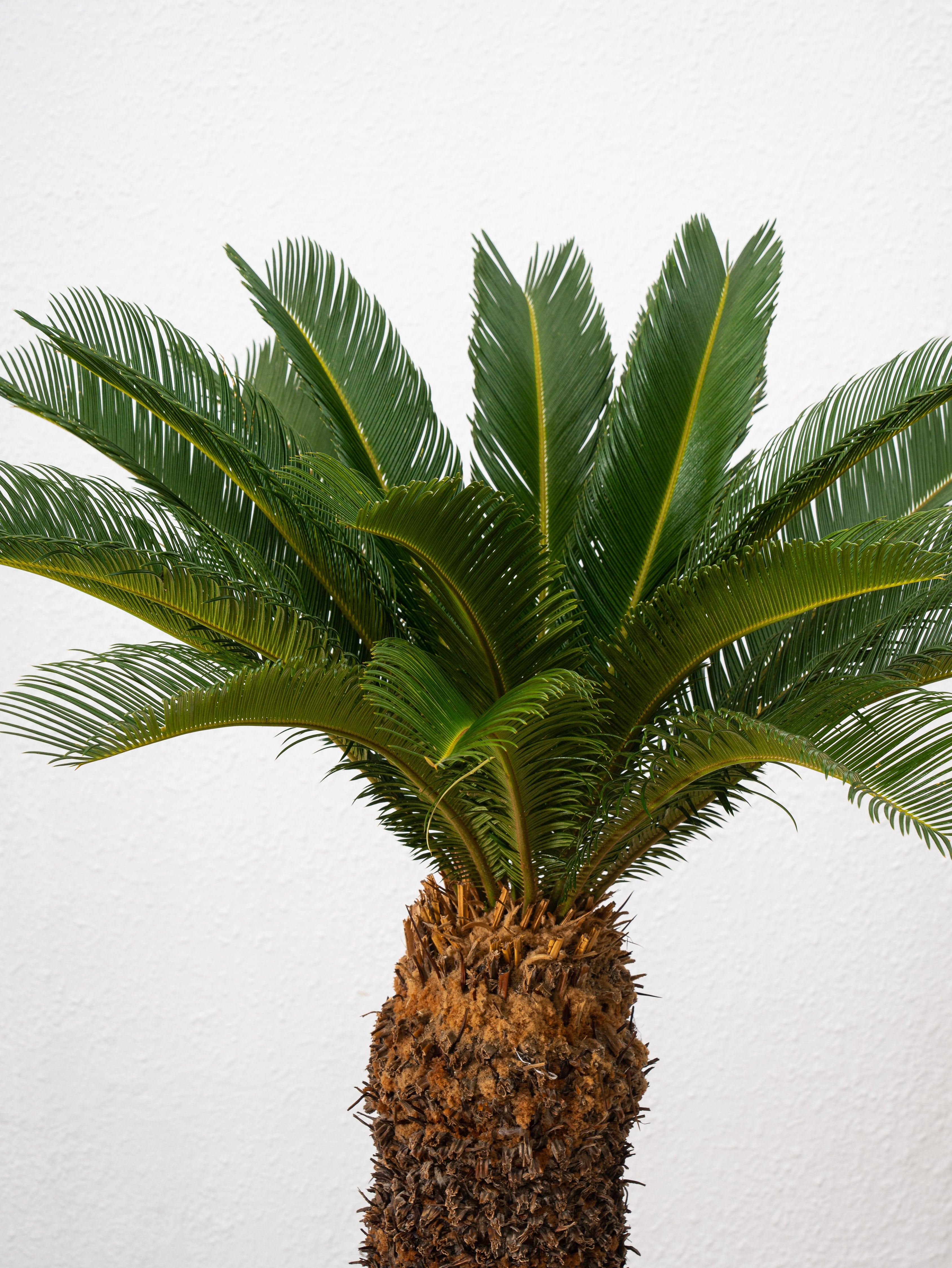
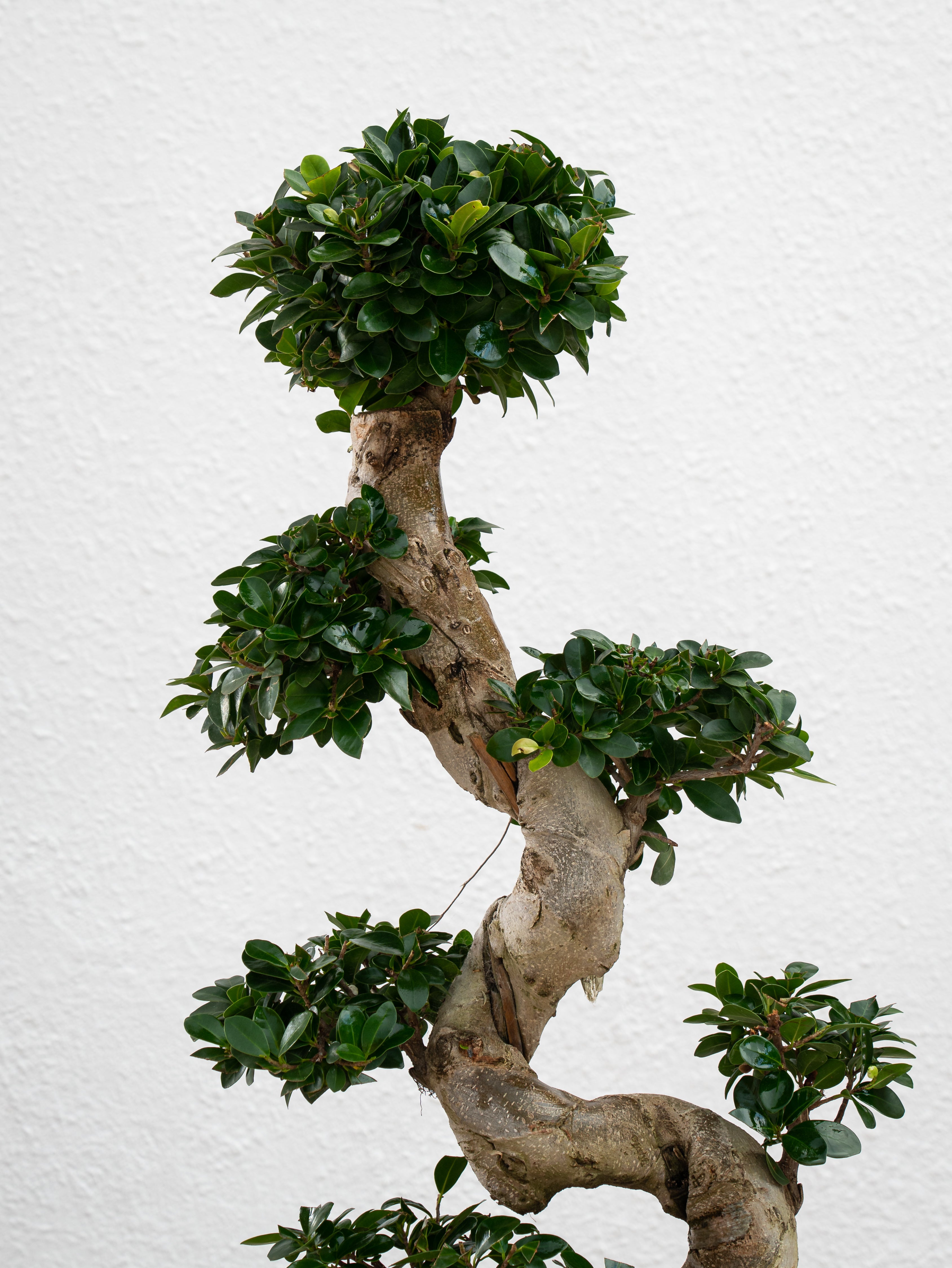
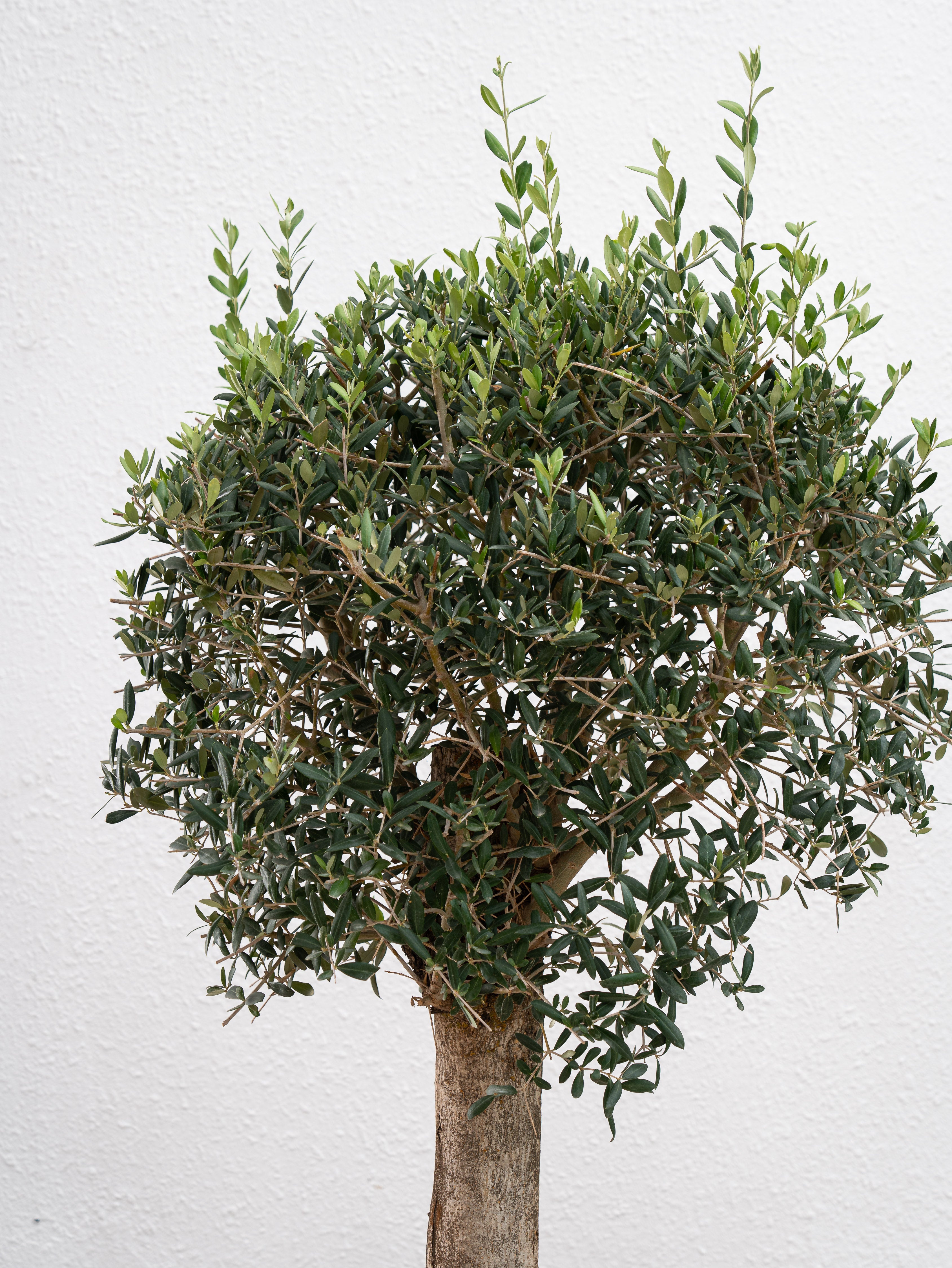


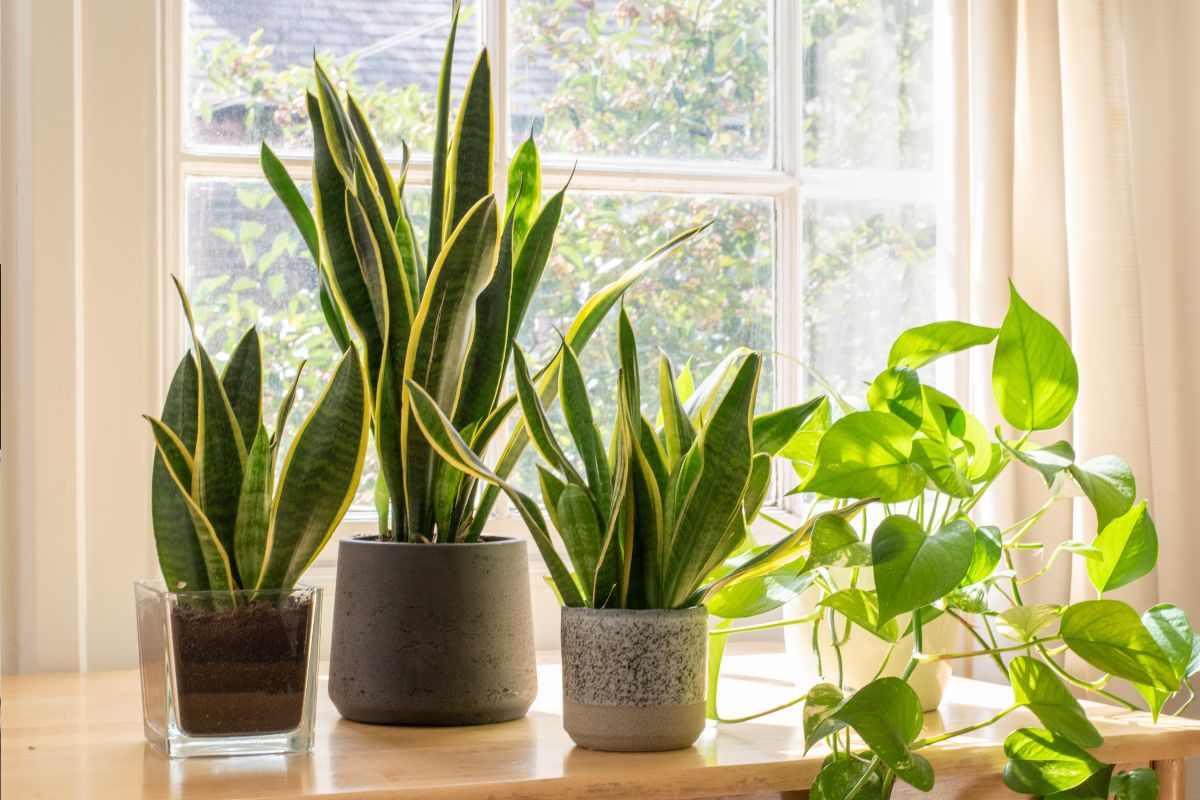
Leave a comment
This site is protected by hCaptcha and the hCaptcha Privacy Policy and Terms of Service apply.